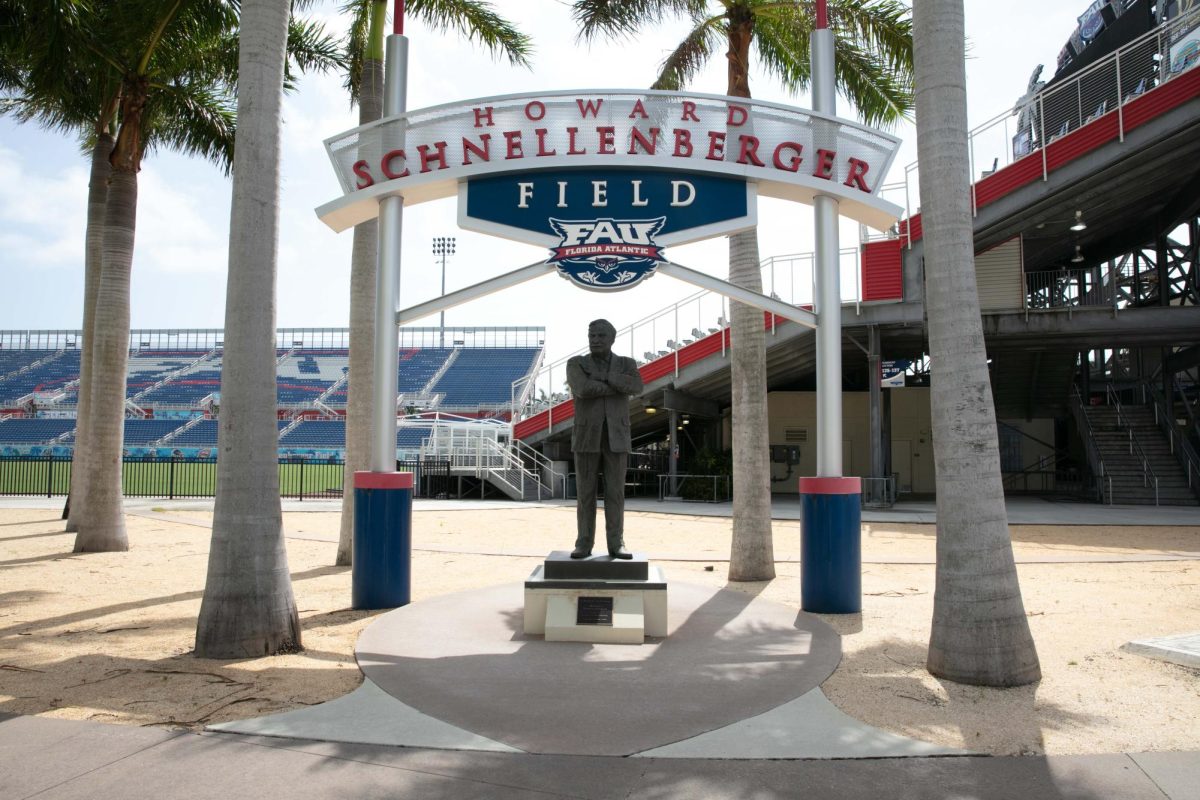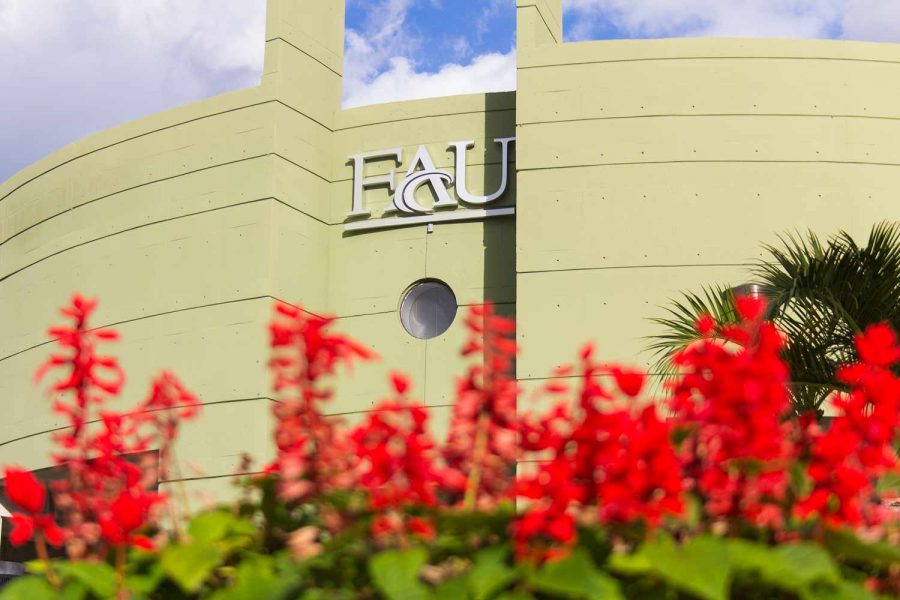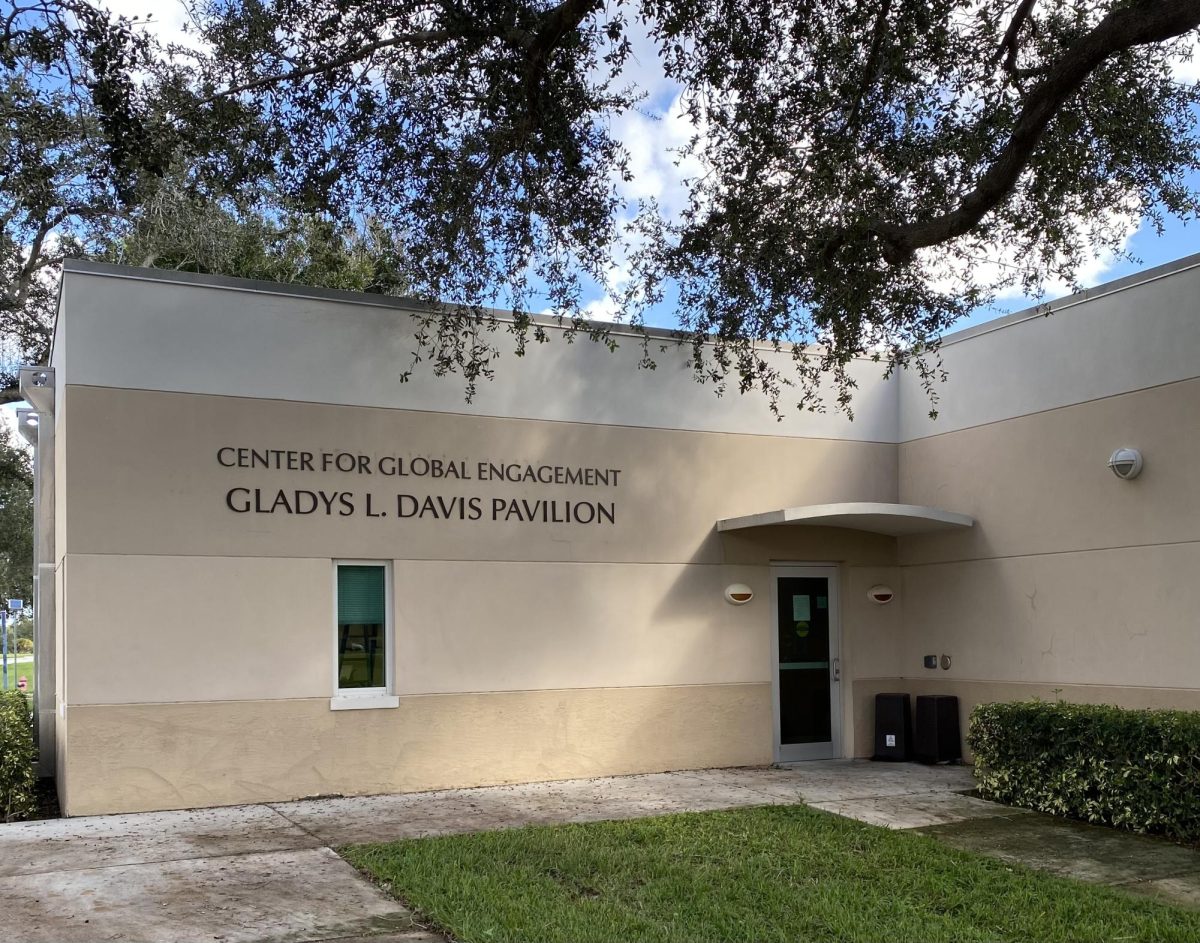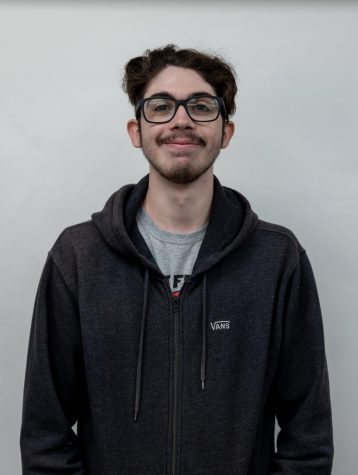After a decade since its last appearance, Electronic Arts (EA) Sports and the National Collegiate Athletic Association (NCAA) college football video game returns.
EA Sports College Football’s Twitter announced the game will release sometime this Summer with the title “EA College Football 25” on Feb. 15.
The video game will feature all 133 Football Bowl Subdivision (FBS) schools across all 12 conferences, including Florida Atlantic University.
“We are thrilled that Florida Atlantic is part of the new EA Sports college football game,” FAU Athletic Director Brian White wrote in a statement to the UP. “It will positively impact our university in so many ways and enhance the unique brand we have in college athletics. Whether it’s showing our incredible paradise location 1.8 miles from [the] beach, our unique jersey combinations or our beautiful campus, a new generation of fans will see what FAU is about through the game.”
Despite only being announced recently, the game has been in development for years, with FAU being involved in the process since then.
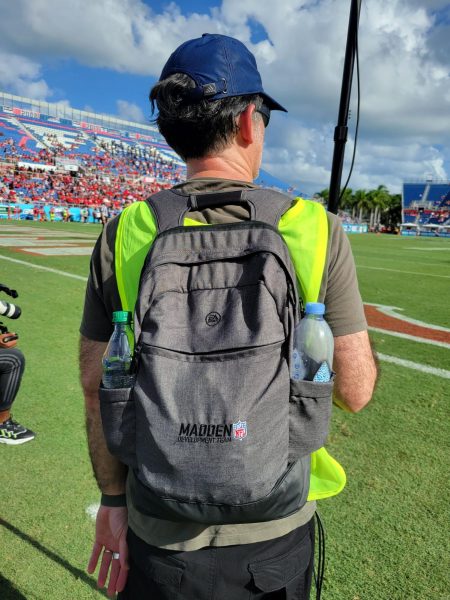
“The university has been working with EA Sports for the last few years to provide assets that include stadium and campus images, audio tracks, logos, jersey and helmet mock-ups and brand guidelines, and we can’t wait to see the final product,” White wrote.
With the release of the new college football game, EA Sports plans to build an in-depth, highly-detailed video game for their fans who have been waiting a decade.
According to Matt Brown, publisher of ExtraPoints newsletter, EA Sports reached out to all of the schools in the game for their intellectual property, including thousands of photos of the stadium and adjacent buildings, uniforms, and such.
FAU fans can expect to see the Howard Schnellenberger Statue and Shula Bowl Trophy in the game.
Constructed and named in 2014, the Howard Schnellenberger Statue and Field commemorates FAU’s first head coach in program history. The statue is located at the southwest entrance of the stadium.
The Shula Bowl Trophy is awarded to the winner of the Shula Bowl, the Florida Atlantic-Florida International rivalry, which connects former Miami Dolphins head coach Don Shula. Both schools’ first head coaches Schnellenberger and Don Strock coached and played for Shula, respectively.
The game will also feature several well-known chants and songs commonly heard during the game, including ‘We Ready’ and FAU’s fight song, and even the light show after every touchdown the Owls score.
“For FAU specifically to be in this game, it’s not just about serving the existing fans of FAU. It’s another opportunity for a new generation of people throughout the entire country–many of whom are not in Florida or anywhere near Boca [Raton]–to become familiar with your school,” Brown said.
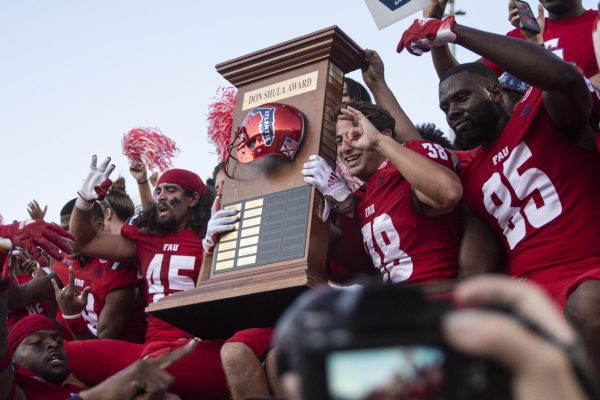
Other members of Florida Atlantic also expressed their excitement and intrigue about the game returning.
Ryan Moran, one of the staff supervisors of the Student Alumni Association, which includes the Prowlers, brings some experience as a former walk-on for the football team.
“From just being out there, I think again it’s going to be so fun for our fanbase to be able to play as FAU and beat those schools that beat us sometimes in real life, actually get to beat them in the game,” said Moran.
Student Alumni Association President sophomore Cameron Jackson and the Prowlers are looking forward to FAU growing its brand.
“For me and the organization, we are just extremely happy that the university is able to grow that platform which it is presented on,” said Jackson. “We continue to grow traditions and student experiences on campus, so the more eyes we have here on us in Boca Raton the more we can help our support grow as well.”
Founder of the Owl Collective Bryan Rammel told the UP that this game will help increase student-athletes’ brand activity. Rammel also brought up how he and the Collective would like to partner with FAU’s eSports Club once the game comes out later this year.
“We would like to set up with FAU’s esports club and [allow] student-athletes to actually play against their favorite players in the game,” said Rammel.
With news about the video game making its return in over a decade, the history as to why the game took so long to return is more hectic.
The Bloom vs National Collegiate Athletic Association case in 2004 was one of the first cases involving NCAA’s overpowering rule over student-athletes about NIL (Name, Image, and Likeness) and protecting amateurism. The Hart vs Electronic Arts, Inc. case and Keller vs Electronic Arts, Inc., involved rights of publicities, with both Hart and Keller suing EA Sports for using their likenesses in the game.
“Since Hart and Keller directly attacked EA instead of really going after the NCAA, they were the ones that really kind of made EA Sports think, ‘Hey, maybe we shouldn’t do this,’” said Sam Ehrlich, an assistant professor of legal studies at Boise State University.
The most notable and important court case was in 2014 when former University of California at Los Angeles men’s basketball player Ed O’Bannon filed a lawsuit against the NCAA for using his and others’ NILs.
“So, essentially, to boil it down, what O’Bannon was arguing is that the NCAA, all of the NCAA schools and EA Sports is part of that, kind of all banding together and saying, ‘We’re going to set the price of your athlete name, image, and likeness at $0’ because to preserve amateurism,” stated Ehrlich. “That is illegal under antitrust law, that is something you can’t do under antitrust law to price fix.”
Ehrlich makes the comparison that if multiple grocery stores sell the same product for the same price, that’s illegal because they are competing with one another. They need to set different prices. If the NCAA, EA, and the schools all agree to pay players $0, that’s illegal because they should be competing for a price, not all agreeing to pay athletes $0.
According to Brown and Ehrlich, in all three of these court cases, EA openly admitted that they wanted to pay college athletes to be in the game, but it was against the NCAA’s rules on NIL and EA didn’t want to get into any legal troubles with the NCAA.
“It’s important to double-down here: the game didn’t go away because Ed O’Bannon, the game went away because the law said that you had to pay people and EA said ‘I want to pay people’ and the NCAA said ‘No.’ So the bad guy here is not EA, it’s not Ed O’Bannon, it’s not athletes, the bad guy is the NCAA,” said Brown.
In a move that was described by Brown as “economic justice for college athletes,” three states took action to pass NIL laws: Arkansas, Texas, and Florida.
One final court case that was the final domino to fall before the NCAA changed their NIL policy, was the National Collegiate Athletic Association vs Alston from March to June 2021.
The case was against Shawne Alston, the lead plaintiff, a former West Virginia University running back, who sued the NCAA due to violating the Sherman Act, which created the antitrust law forbidding “‘contracts, combinations, and conspiracies that unreasonably restrain trade.”, stated Ehlrich in an email sent to the UP on Feb. 5. This case didn’t involve NIL directly, but it restricted a lot of the legal protection the NCAA had on college athletes, according to Ehrlich.
In the Supreme Court case ruling, “the court found unlawful and thus enjoined certain NCAA rules limiting the education-related benefits schools may make available to student-athletes.” This took away the NCAA’s power over scholarships and compensation restrictions.
Pressured by other states passing NIL laws, the NCAA quickly enforced an interim NIL policy on July 1, 2021.
However, there was a problem with the two organizations vying over group licensing rights, which is one contract given to all players to sign for their likenesses to be in the game.
The Brandr Group is one of those organizations that signed on multiple schools to be in the game through this group license. EA Sports’ organization that they used for Madden is OneTeam Partners. OneTeam Partners signed a group license to every school, including the one’s under The Brandr Group. According to Brown, this lawsuit did not affect the impact of the release of the game.
When news broke in 2023 that college athletes were going to get compensated $500 each from the terms in the group licensing by OneTeam Partners, one of the vice presidents of the College Football Players Association and former Clemson University center from 2014-2018 Justin Falcinelli was against players opting into the game. He explained that college athletes are not involved in the behind-the-scenes negotiation process.
“That’s the core issue is that the athletes are not involved in this [negotiation],” explained Falcinelli. “A body representing the athletes is not involved in this to make this an actual, professional group licensing deal, which is standard throughout all of the other professionalized sports.”
David Berri, professor of economics at Southern Utah University, and Falcinelli both state that it continues the system of college athletes being inferior and treated like children.
“We’ve gone from a system where the athletes were tremendously exploited–because they were only being paid a college education–to a situation where they’re probably still going to end up being exploited, but just not as much,” Berri said. “Because the negotiating powers [are] all with the people negotiating the deals–the adults who are negotiating the deals. They have more advantages, they know what they’re doing–or at least they have a better idea of what they’re doing–than what the athletes do.”
Ryan Moran, the associate director of alumni and community engagement at the Student Alumni Association, was a former FAU football team walk-on. He was in one of the video games. Even though his character in the game looked nothing like him, including having dreads, a darker skin tone, and being 6’4”, Moran saw his number and that satisfied him.
While Falcinelli urges players to push for inclusion in the game negotiations, Brown believes most players care about the immortality of being in the game.
“When the NIL-era began, everyone’s excited about money but dollars-to-donuts if you talk to current athletes about the thing they’re most excited about, it’s not getting $900 to sell energy drinks on Instagram, it’s to be in this video game,” Brown said.
Maddox Greenberg is a staff writer at the University Press. For more information regarding this or other stories, email him at greenbergm2022@fau.edu or DM him through Instagram @maddoxblade04 or X @MaddoxGreenberg.


